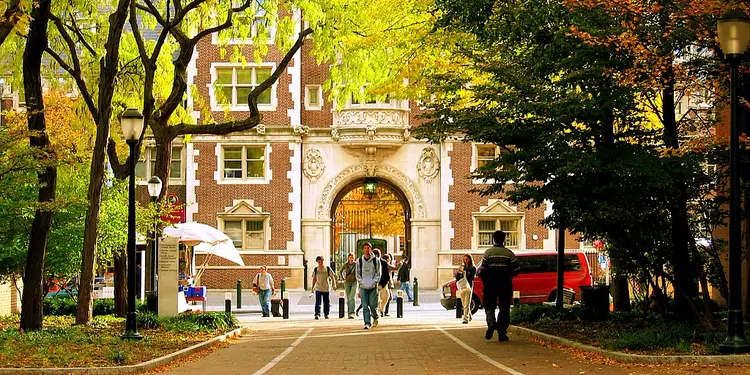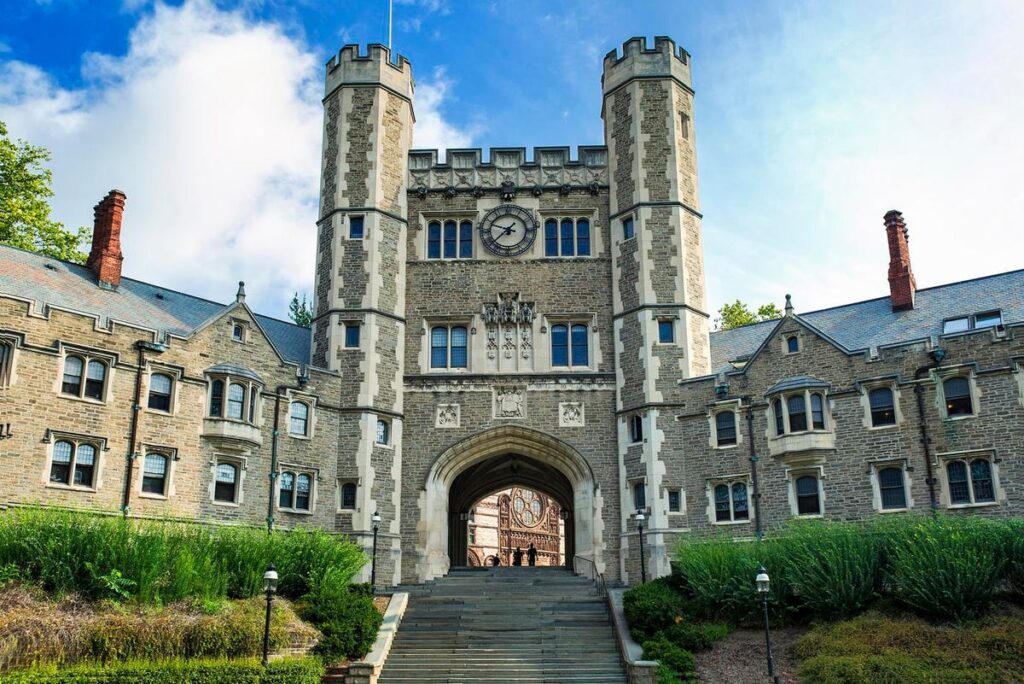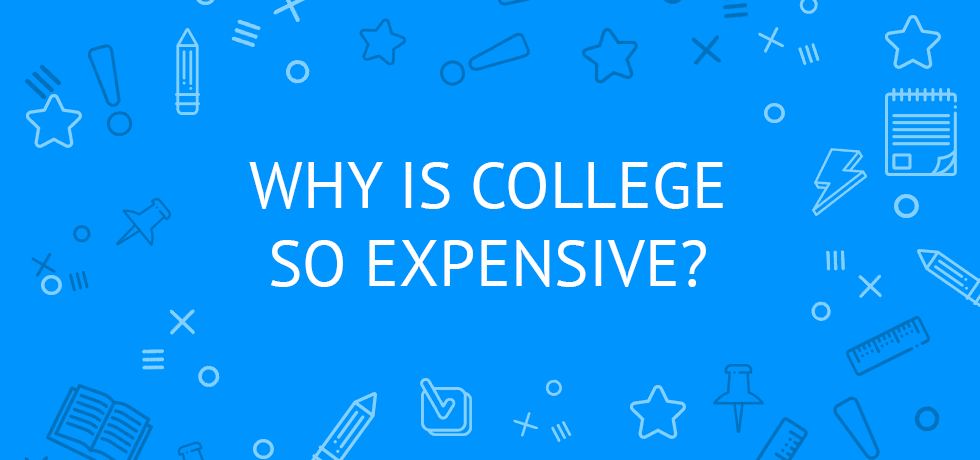Now that I think about it, I’m sorry I did it because it turned out to be a terrible financial experience. Even while for-profit institutions account for a small part of all colleges in the United States, for-profit students have a far higher debt default rate. Chyna, a New York native and the first person in her family to attend college, studied web design and interactive media at the Art Institute of New York City when it was a for-profit institution. I decided to drop out of school because I could have easily learned it on my own using online tutorials. Profitable schools have existed since the colonial era. Because not everyone can afford to go to expensive schools like Harvard, business-minded people saw a need in the market. The University of Phoenix’s parent company, Apollo Education Group, went public in 1994. It is known for laying the groundwork for for-profit education businesses today.

The University of Phoenix’s parent company, Apollo Education Group, went public in 1994. It is known for laying the groundwork for for-profit education businesses today. They began charging students for reading, writing, and various trade skills instruction. **** Benjamin Franklin was an outspoken promoter of for-profit education and the hands-on training it could give. The University of Phoenix’s parent company, Apollo Education Group, went public in 1994. It is known for laying the groundwork for for-profit education businesses today. However, this teaching paradigm based on big business concepts has not been without criticism. Because there is a large sum of money at stake, many people attend colleges with the highest figures and the best opportunities for a new career after graduation. But can you believe what some of those for-profit universities tell you?

When I went there for the so-called tour, it was nothing more than a sales pitch. That should have been a red flag, but it wasn’t until I was 18 that I realized neither of my parents had finished college, and as a first-generation student, I didn’t have the foresight to avoid those kinds of colleges entirely. The Art Institute did not respond to a request for comment. Despite this, the director of Cato’s Center for Educational Freedom defended the for-profit system by claiming that non-profit groups make a lot of money. They don’t distribute it the same way. According to him, traditional educational institutions regularly use it to “enhance the lives of those who work in them.” Furthermore, he claimed that everyone working in higher education is almost certainly looking for a profit and that there is little indication that people working in for-profit colleges are less concerned with the best interests of students. The Art Institute of New York, Chyna’s departure, and the Art Institute’s other 43 campuses, have all shuttered after Chyna’s departure.
Several legal actions have now been filed against numerous colleges. Chyna finished college a couple of weeks before the deadline. As a result, she does not meet the standards for loan forgiveness. And she feels as if she is being confined. She cannot obtain her transcript because she has not yet paid off all of her student loans. She will need her transcript to apply to state colleges. So, she is now going to yet another for-profit school with the hope that she can use the degree she gets there to apply to a public university’s master’s program. My view is that all of these for-profit institutions prey on people who come from low-income homes. The philanthropic organizations have arrived. Amari Milton is from St. Louis, but for her undergraduate studies, she went to a private university in Chicago. She now works in advertising in New York City, where she helps pay off her $40,000 in college loans. About half of the money that non-profit colleges get from undergraduate tuition goes to paying for students’ education. About half of the money that non-profit colleges get from undergraduate tuition goes to paying for other students’ education.

You want to go to college but don’t want to accumulate a lot of student loan debt because you’re just getting started, and you tell yourself, “I’m going to have all this independence,” and you tell yourself, “I’ll be able to pick my own classes.” I won’t be constrained by the limits that have previously hampered me. You’ve decided to travel to the most interesting location possible. Every university aims to be the best in its respective fields. They want to compete with the colleges listed below. They are solely interested in enrolling the most gifted children. That means they must have the most advanced facilities available to develop new buildings. Do you recall the rationale for the reduction? Non-profit universities’ tuition discount rates are rising at the same rate as their sticker prices. The price listed on a college or university website is often higher than the amount paid by most students.

You would think that most of the money goes toward financing the school’s operating expenses. About half of the money that non-profit colleges get from undergraduate tuition goes to paying for other students’ education. Even though Amari did not pay the whole tuition at her private institution, she now faces significantly more debt than she had anticipated. I just burst out crying. I’m sorry, but I sobbed because I had no idea what I would do. It’s preventing me from sleeping. My thoughts keep returning to it. If I’m about to leave for lunch, I could say something like, “Oh my God, I really hope this goes through since I know they just took my money out.” I’ve spent a lot of time researching this topic and pushing for change, but it’s hard to find a solution because the problem is widespread. It is all of us working together. It covers the entire market. Jarrett Freeman ran for a seat in the New York State Senate in 2016 at age 26. I’m announcing right now that I want to run for New York State Senator. Throughout his campaign, education and the burden of student debt were important issues.

When I was in school, I went over my bills and saw that I owed a lot of money; it was intimidating. I had no idea how to do the work. I’ve never seen a number of that magnitude before. More and more Americans think that going to college is neither necessary nor helpful. I think you are very impressed by the idea that you have to go to college and that college is the next step after you graduate from high school. In 2013, 53% of individuals believed that a four-year degree was valuable. In 2017, only 49% of individuals thought this was the case. I think you are very impressed by the idea that you have to go to college and that college is the next step after you graduate from high school. In retrospect, I can see that attending college is not for everyone. In general, I am pessimistic about the value of a college degree for anyone, or at the very least for those who have just graduated from high school. If I had known then what I know now, I would have probably worked for a few years before college. There is this preconceived assumption that people over 18 should know exactly what they want to accomplish with their lives. And, even though my 25th birthday is tomorrow, I’m still not sure what’s going on.

This kind of thinking may cause difficulties in the job market in the next few years. It is predicted that by 2020, 65 percent of jobs in the United States will require applicants to have completed at least some college education before being considered for the position. There are many jobs out there, but many of them require you to put money into your education before they will pay you to work. In many cases, the sum signifies a substantial sum of money. The student debt crisis has reached national proportions. Regrettably, no ideas to address that issue are currently being addressed in this house. Unfortunately, there is unlikely to be a single solution to solve everything. It will require a lot of different choices, many of which are being researched and made in the United States right now. One of the potential options offered is an income-sharing agreement. Students can avoid borrowing money by agreeing to repay an investor a portion of their earnings for a set number of years after graduation. Legislators on both sides of the aisle have endorsed the idea, and some educational institutions have even begun conducting pilot studies on it. Middle-class people in New York City can now go to college for free thanks to a program started by Governor Cuomo.

Also, some very wealthy people, like Bill Gates, use their own money to try to make the system better. Of course, providing free higher education is another solution. I am not in favor of free college tuition. I feel that when you give anything away for free, the recipient does not realize the value of what they are receiving. As a result, I believe that payment should be required. Free college is a good idea to think about. A free college education is a notion that I wholeheartedly support. The question that must be answered is, “Who will pay the bill?” In certain countries, taxpayers bear the brunt of the burden.

As a result, you will have to pay higher taxes later in life rather than student loan payments. Over twenty countries worldwide provide free or nearly free higher education to their citizens. In all likelihood, the problem will not have such a simple solution in the United States. But since student debt is getting worse and college is becoming more important, finding a solution to this problem is important for the future of education in the United States.


